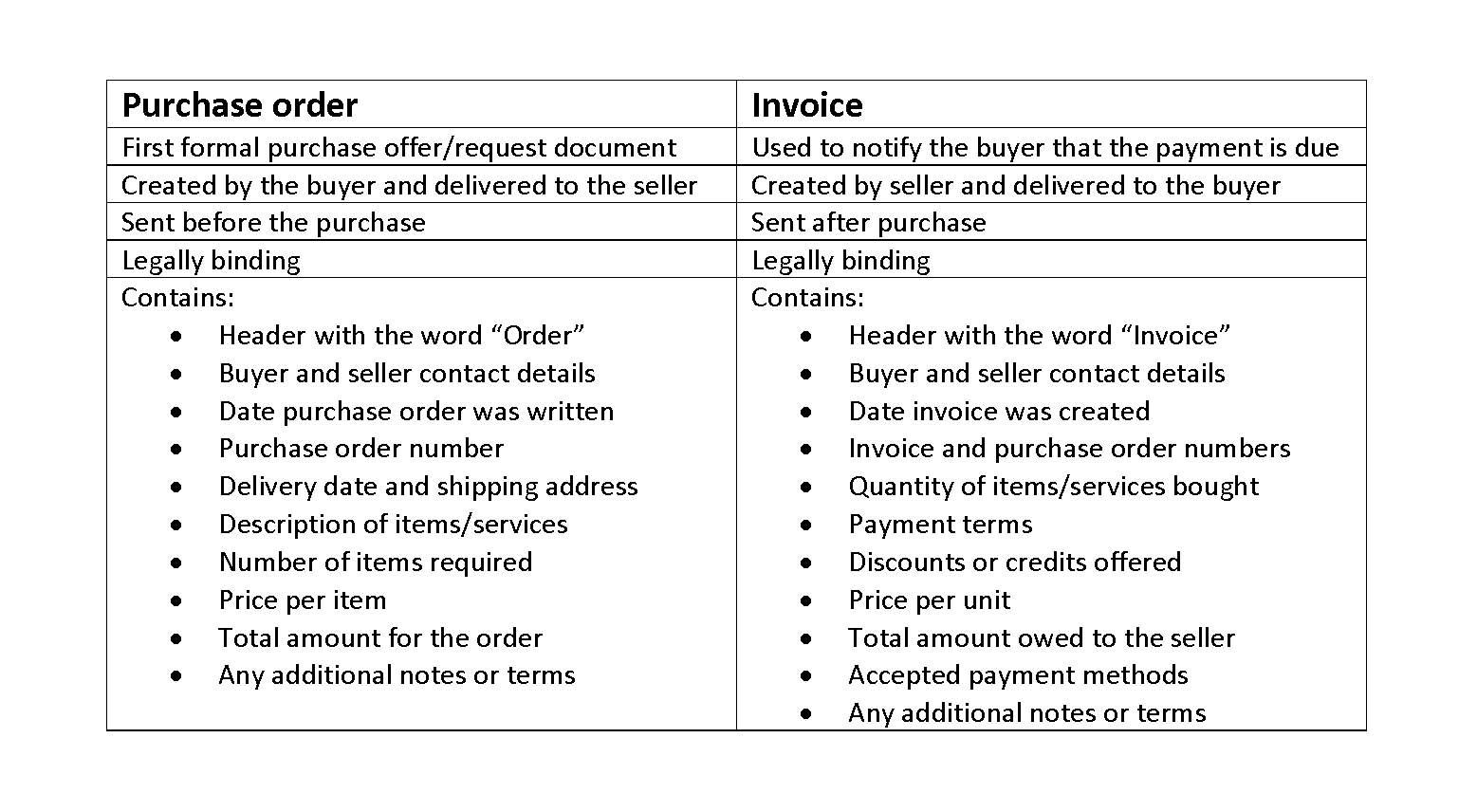Contra Account: A Complete Guide + Examples
![]()
If a customer returns a product, the ‘Sales Returns’ contra revenue account lowers the total sales revenue, reflecting the true income. Contra asset examples like ‘Accumulated Depreciation’ reduce the value of fixed assets, showing their worth after usage over time. Contra equity is a general ledger account with a debit balance that reduces the normal credit balance of a standard equity account to present the net value of equity in a company’s financial statements. Examples of equity contra accounts are Owner Draws and Repurchased Treasury Stock Shares.
Contra Entries: Comprehensive Guide with Definition, Examples and Format
For example, an accumulated depreciation account is used to offset the value of a company’s fixed assets, while a discount on bonds payable account is used to offset the value of a company’s outstanding bonds. A contra asset account is an account that is used to offset another fixed asset account on the balance sheet. Contra asset accounts are typically used for accumulated depreciation, amortisation, and other accounting adjustments. For example, a company might have a contra asset account for depreciation expense and a separate asset account for contra revenue account equipment cost. This depreciation is saved in a contra asset account called accumulated depreciation. The accumulated depreciation account has a credit balance and is used to reduce the carrying value of the equipment.
Understanding a Contra Account
The purpose of this account is to reduce the carrying Bookkeeping for Chiropractors value of the asset on the balance sheet. For example, if a company has an equity account for treasury stock, they would also have a contra equity account to offset the balance in the treasury stock account. An asset that is recorded as a credit balance is used to decrease the balance of an asset.
Understanding Write-Offs: What They Mean and How They Work
- A key example of contra liabilities includes discounts on notes or bonds payable.
- Examples of contra liabilities are Discounts on Bonds and Notes Payable and Short-Term Portion of Long-Term Debt.
- It is not classified as a liability since it does not constitute a future obligation.
- This provides a more accurate representation of the financial position of a company.
- For example, when a company estimates uncollectible receivables, an entry is made to debit the bad debt expense account and credit the allowance for doubtful accounts.
There are four key types of contra accounts—contra asset, contra liability, contra equity, and contra revenue. Contra assets decrease the balance of a fixed or capital asset, carrying a credit balance. Contra asset accounts include allowance for doubtful accounts and accumulated depreciation. Contra asset accounts are recorded with a credit balance that decreases the balance of an asset. A key example of contra liabilities includes discounts on notes or bonds payable.
- It is a separate account that is linked to another account, and it is used to reflect the opposite of the balance in that account.
- Contra liability accounts are typically used for bonds, notes payable, and other indebtedness.
- It is used to track and report adjustments, reversals, or reductions in the value of assets or liabilities.
- For example, contra revenue accounts can be used to track the full cost of sales less any discounts or returns.
For this reason, contra accounts are primarily seen as having negative balances because they are used to reduce the balance of another account. We will define what contra accounts are, the types of contra accounts and provide examples to illustrate. The hottest retail item of today can be relegated to nostalgia channels on YouTube tomorrow.
How does a contra account affect financial statements?
- And let’s not forget the all-important Allowance for Doubtful Accounts, acting as a financial crystal ball that estimates the portion of accounts receivable that might just turn into fairy dust.
- It represents the estimated amount of accounts receivable that will not be collected.
- Whether used to offset asset values, liabilities, or revenues, contra accounts play a crucial role in maintaining transparency and compliance with accounting standards.
- For example, if a piece of heavy machinery is purchased for $10,000, that $10,000 figure is maintained on the general ledger even as the asset’s depreciation is recorded separately.
- The allowance for doubtful accounts is not specifically reported, but the 10(K) reported that the allowance is immaterial to the amount.
- The allowance for doubtful accounts estimates the portion of accounts receivable that may not be collected, often calculated using historical data and industry averages.
In reality, the actual number of company discounts came closer to $5 thousand. Contra accounts are a type of account used in financial analysis that offsets the balance of another account. They are used to provide transparency in accounting by assets = liabilities + equity showing adjustments or reductions made to certain accounts. A contra account is a type of account that is used to offset another account. It is a separate account that is linked to another account, and it is used to reflect the opposite of the balance in that account.



